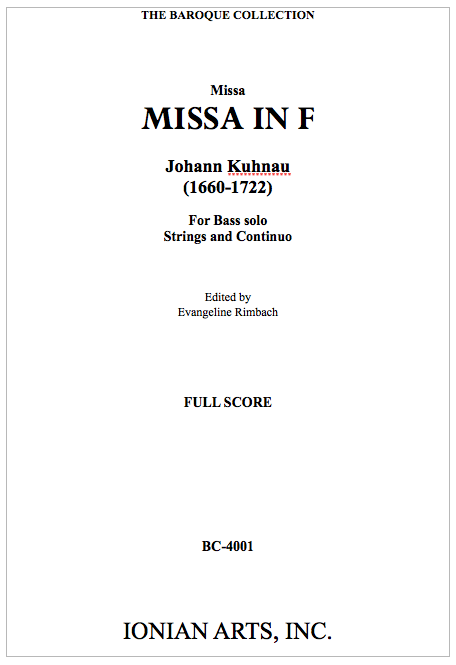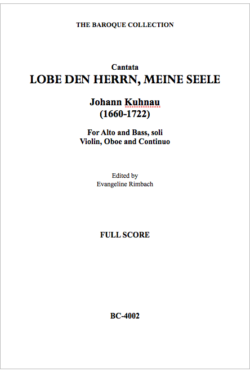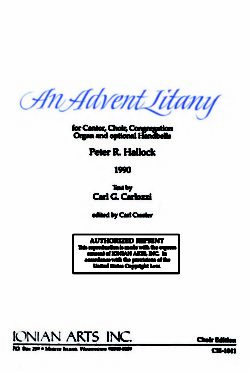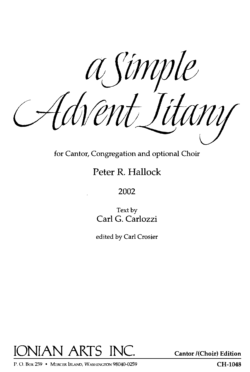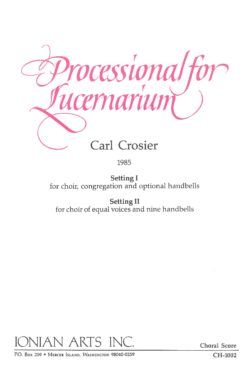Description
Johann Kuhnau (1660-1722) was Bach’s predecessor at the St. Thomas Church in Leipzig. In 1682 he entered the University of Leipzig and was licensed to practice law upon the completion of his dissertation in 1688. He was elected in 1683 as the organist at the St. Thomas Church and later as Cantor, a position he held until his death in 1722. All his keyboard compositions were written and published during his tenure as organist, including the six Biblical Sonatas. His sacred choral music (cantatas, Magnificat, and Passion) was composed while he served as Cantor. Kuhnau was also known as an author, having written both musical treatises and novels. His most famous literary work was The Musical Charlatan (Der musikalische Quacksalber). Kuhnau was a man of many talents: he was a classical scholar, a linguist, a jurist, a writer, as well as a musician.
According to sources dating before World War II, there were two or three masses by Kuhnau in church archives in eastern Germany. During the 1960s while working on my Ph.D. dissertation on the church cantatas of Johann Kuhnau, I tried to procure manuscripts of the masses, but it was often difficult to get materials from East Germany. One of the extant masses was said to be in the church archives in Mügeln, a small town near
Leipzig. Currently the town of Mügeln has a website, and on the website are listed the addresses of the pastors’ offices of the two city churches. Letters were subsequently written to the church offices requesting a photocopy of the mass manuscript. Several months later a package arrived in the mail from the Landeskirchenarchiv in Dresden with a photocopy of the mass. The manuscript contained both score and parts. It is interesting to note that the new Grove’s Dictionary states that this mass is lost!
—Evangeline Rimbach

